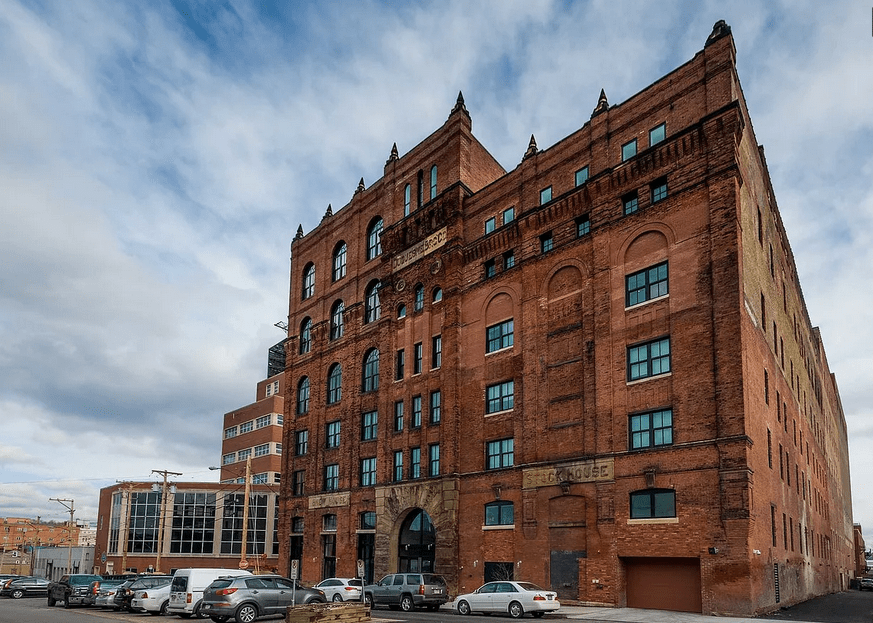Our greatest living philosopher, Yoda, once observed, “Fear is the path to the dark side. Fear leads to anger. Anger leads to hate. Hate leads to suffering.”
Yoda doesn’t miss, but until every human being reaches a Yoda or Mister Rogers level of acceptance and equanimity, anger is going to be with us, so we might as well use it.
People need an outlet for their anger! The alternative is ugly; people will see something changing nearby (like someone trying to build new housing) and decide that is the root of all their problems. Or they’ll just be willing suckers for media (Fox News, Facebook, etc.) that will happily direct their anger in directions that happen to be profitable for our oligarchic overlords.
So, what should we get mad about instead, Pittsburgh?
Landlords. Most (not all) of the ire directed at developers would be more effectively allocated towards bad landlords in Pittsburgh, who are usually responsible for skyrocketing rents and neglected properties. Then there are inexplicable absentee landlords who would rather leave a property empty in the middle of Murray Avenue in Squirrel Hill for 20+ years with the lights on, than fix it up or rent it to anyone.
Neighborhoods without sidewalks. Maybe it’s worth asking who benefits when you can’t leave your house without driving and never see your neighbors. Oil companies? Politicians/media who feed on paranoia and fear? Probably!
Private equity buying up low-income housing. Maybe there’s some rationale for allowing profit-obsessed out-of-state fiscal entities to gobble up affordable housing, but I can’t imagine what it is. (I’m goofing around 80% of the time here, but this should actually make your blood boil).
That blocked-off bridge on Boulevard of the Allies. The Fern Hollow Bridge collapse proved how rickety our infrastructure is, but also how quickly it can be fixed if it gets the right amount of attention. This one has been out of commission for a year. Can we get a presidential photo op here? A governor? A random Costa?
THE TUNNEL MONSTER. Yes, the eternal fear of descending beneath the earth’s crust, that causes otherwise sane drivers to hit the brakes when the tunnel approaches.
Aluminum awnings on houses. If we recycled all of these hideous relics of the ‘60s, our houses would look 100% better, and we could make so many beer cans. Win-win!
Bob Nutting and Ben Cherington. Sports are the perfect outlet for anger — it harms no one (well, unless you’re gambling a lot or throwing trash in Tommy Maddox’ yard). That said, Pittsburgh was once a great baseball town, and these clowns have squandered that. My kid deserves to see a playoff team before he turns 40.
For rent: Brew House Lofts, 711 S. 21st St., South Side, $1,500/month.
There was a time in the distant past when the South Side was Pittsburgh’s all-purpose haven for weirdos, music, and low-budget art. In this very building, I saw UK avant-punk legends The Fall perform, as well as the Black Sheep Puppet Festival, which is the only puppet show with pyrotechnics that I can recall. Somehow this massive former brewery escaped its heyday without burning to the ground. Sure, it’s way less fun now, but it’s also a lot safer (and less of a fire hazard and/or noise complaint), so the upper-floor apartments are probably priced correctly.
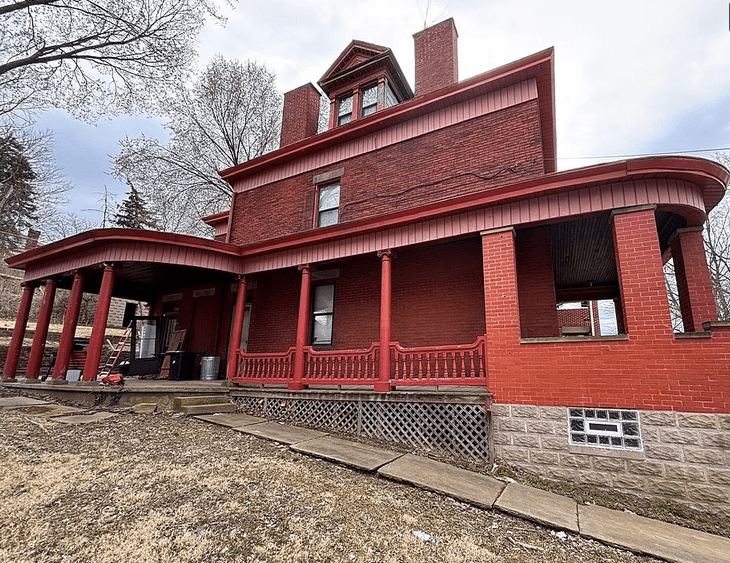 26 Carrick Ave. Credit: Courtesy of Zillow
26 Carrick Ave. Credit: Courtesy of Zillow
For sale: 26 Carrick Ave., Carrick, $139,900.
According to Realtor.com, the best time to buy a house is the week of Oct. 12-18. That’s … really specific. Like, I’m going to need an even more specific timeline. Give me the exact minute when the typical seller/realtor combo has that moment of weakness after the kids are out the door and before the coffee kicks in — that’s the time to strike. Carrick has had its share of problems over the years, which is why a gigantic historic (1901) brick home in good shape is this price. I may be too optimistic, but I see better days ahead for most neglected city neighborhoods for fundamental reasons (high prices everywhere else, ease of access to growing job centers, etc.). Just don’t ask me about the far Mon Valley if you want more optimism.
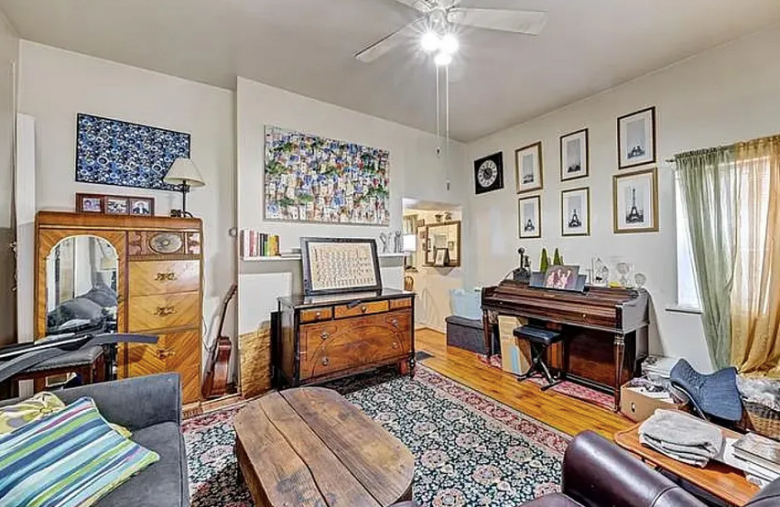 4315 Lydia St. Credit: Courtesy of Zillow
4315 Lydia St. Credit: Courtesy of Zillow
For rent: 4315 Lydia St., Greenfield, $1,600/month.
It’s obvious why most realtors prefer the blank-slate approach — minimalist greige, in addition to being on-trend, also lets people imagine how to fill the place with their own stuff. Personally, I just want to know where I can put my harpsichord (I’m pretending that’s what’s in the photo). Yes, my incentives (staying entertained) are different from your average realtor.
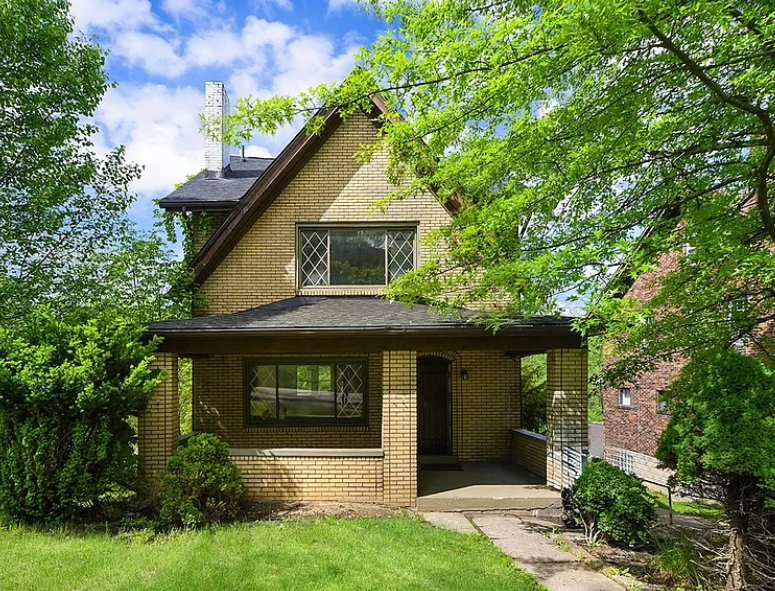 163 Universal Rd. Credit: Courtesy of Zillow
163 Universal Rd. Credit: Courtesy of Zillow
For sale: 163 Universal Rd., Penn Hills, $174,900.
I don’t think I’ve ever featured a house in Penn Hills before, which is kind of odd, because there are some really nice homes here for not a lot of money, and my aversion to autocentric suburbs isn’t enough to avoid them. This one just dropped $4,100, and it was pretty low to begin with. If you like trees (and who doesn’t?) and conduct most of your business on the far side of the Squirrel Hill tunnel, this could be for you. If you work in the city, well, more food for THE TUNNEL MONSTER.
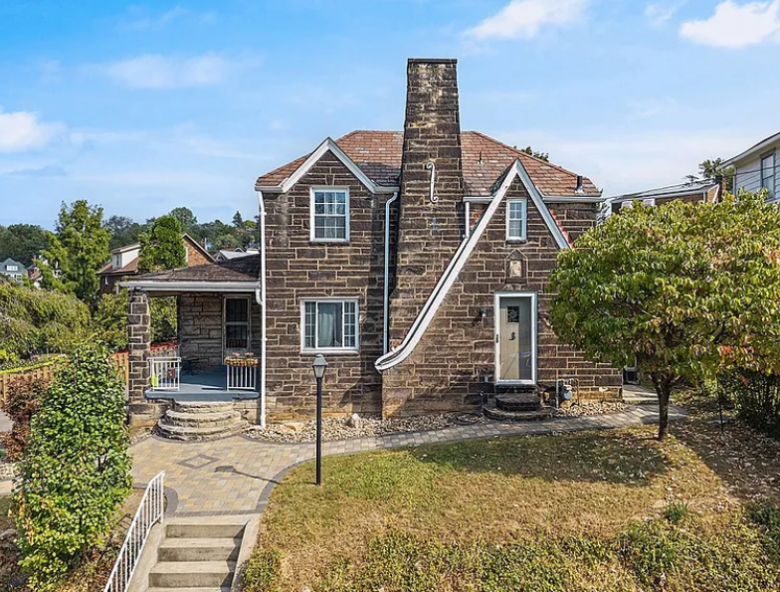 101 Avenue K Credit: Courtesy of Zillow
101 Avenue K Credit: Courtesy of Zillow
For sale: 101 Avenue K, Forest Hills, $199,000.
Forest Hills is a weird hybrid of walkable urbanism and autocentric suburbia, defined largely by its very accurate name — it’s got forests, and it’s got hills. It’s also pretty self-contained, with much of what you need in walking distance, though it’s probably not fun lugging groceries up some of those hills. This stone home from 1930 is pretty charming, with a great looking stone walkway and small staircase connecting it to the street.
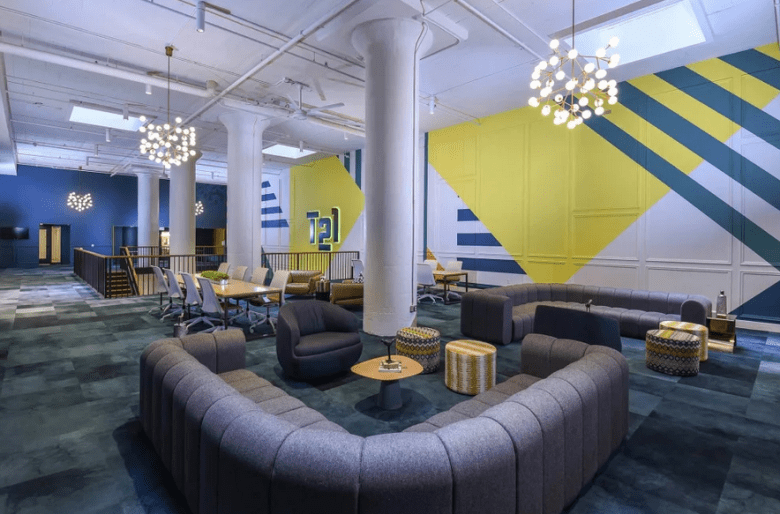 Terminal 21, 615 1st Ave. Credit: Courtesy of Zillow
Terminal 21, 615 1st Ave. Credit: Courtesy of Zillow
For sale: Terminal 21, 615 1st Ave., $1,199/month. Downtown.
When I went to Duquesne, I used to joke that I hoped I could move to the nicer dorms next year and point to the jail, because the dorms I lived in were un-air-conditioned high-rises whose idea of amenities was a cigarette machine in the lobby. This is a pretty solid, if unspectacular, adaptive reuse of an old warehouse that probably dates to this part of Downtown’s days as a railyard, and it works pretty well as housing.
RELATED

